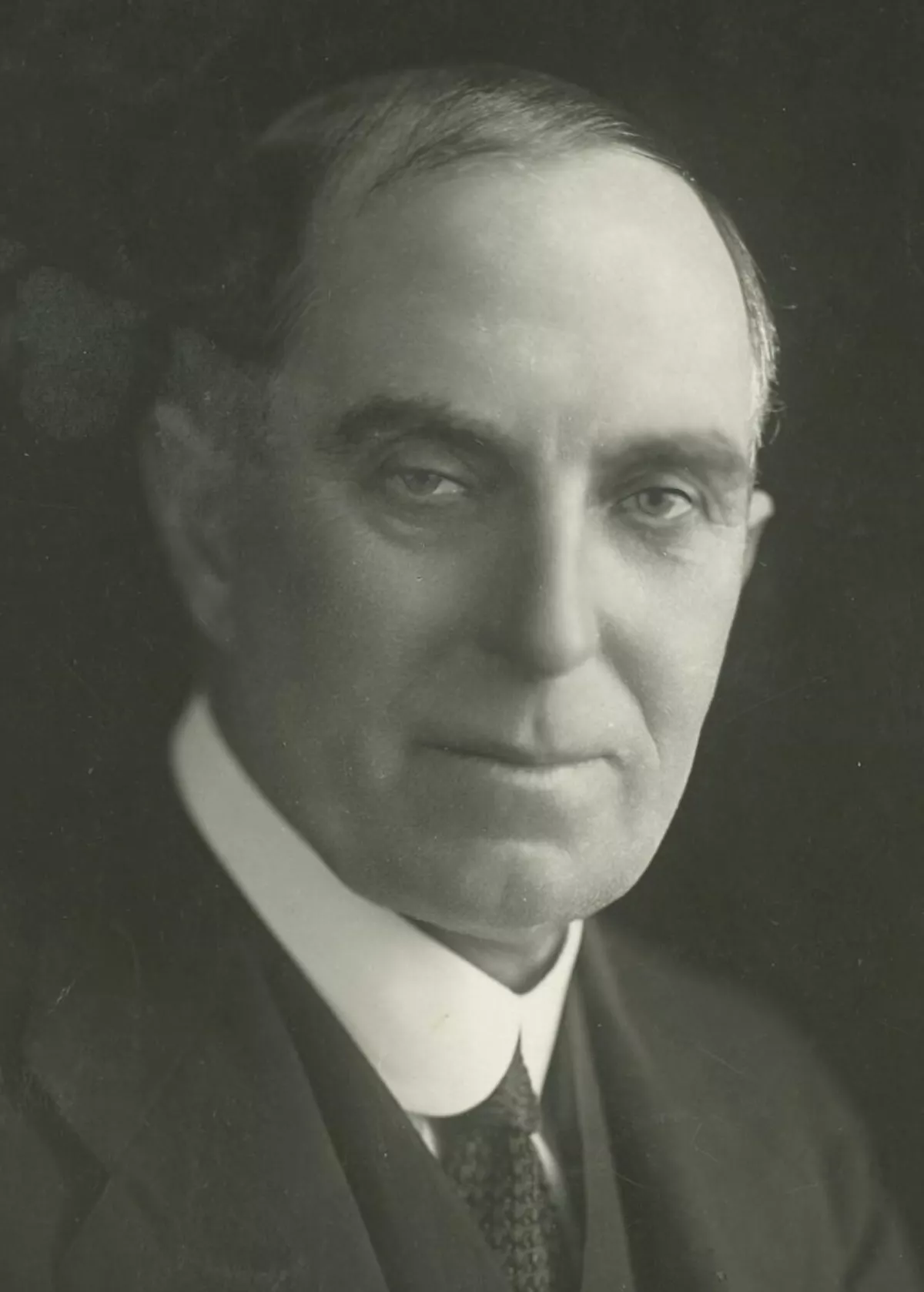 1.
1. Herbert Edward Pratten was an Australian politician.

 1.
1. Herbert Edward Pratten was an Australian politician.
Herbert Pratten became a Senator for New South Wales in 1917, but resigned in 1921 to seek election to the House of Representatives where he served until his death in 1928.
Herbert Pratten was the son of Ann Rebecca and Herbert Graham Pratten; his mother died in 1870.
Herbert Pratten was educated at the Merchant Venturers' Technical College and the Bristol Trade and Mining School.
Herbert Pratten was sent to Sydney in 1884 to become a clerk at the firm's new Australian branch, working under William Sandford at Five Dock.
Herbert Pratten founded a printing company in 1889 and arranged for his half-brother Frederick to immigrate from England.
Herbert Pratten sold the company a few years before World War I at a substantial profit.
Herbert Pratten was a director of the Stanmore Preserving Company, which exported fruit pulp to Europe using newly developed cold-storage techniques.
Herbert Pratten later co-founded the Austral-Malay Tin Mining Company with Ambrose Freeman, which in 1926 was consolidated into Larut Tin Fields Limited.
Herbert Pratten wrote a series of articles for The Daily Telegraph about his 1906 trip to the Philippines, Japan, China, Malaya, Singapore, and India, which in 1908 he published in book form as Asiatic Impressions.
Herbert Pratten believed that the economic growth of Asia was both a threat and an opportunity for Australia.
Herbert Pratten recommended that the federal government place trade commissions in Calcutta and Shanghai.
Herbert Pratten served on the Ashfield Municipal Council from 1905 to 1912, including as mayor from 1909 to 1911.
Herbert Pratten Park was named in his honour when it opened in 1912.
Herbert Pratten was president of the New South Wales Chamber of Manufactures from 1912 to 1914.
Herbert Pratten first stood for federal parliament at the 1910 election, running unsuccessfully as an independent in the Division of Parkes.
Herbert Pratten was a Liberal candidate for the Senate at the 1914 election, but was defeated.
In 1917, Herbert Pratten was elected to the Senate as a Nationalist.
Herbert Pratten spoke on a variety of topics but was particularly interested in economic matters.
Herbert Pratten argued for more private-sector experience in the Defence Department, opposed financing budget deficits with overseas loans, and argued against the creation of a department akin to the United States Department of Commerce, which he believed was too powerful.
Herbert Pratten was interested in reforming parliamentary procedure, suggesting that public servants should be directly questioned by parliament and supporting Josiah Thomas's unsuccessful motion to force ministers in each chamber of parliament to appear in the other chamber to answer questions.
Herbert Pratten was elected deputy president of the New South Wales National Association in 1920.
Herbert Pratten played a key role in negotiating a coalition, which saw Stanley Bruce replace Billy Hughes as prime minister and Country Party leader Earle Page become deputy prime minister.
Herbert Pratten was eventually elevated to cabinet in June 1924, following Austin Chapman's resignation.
Herbert Pratten was appointed Minister for Trade and Customs and Minister for Health; he relinquished the latter portfolio to Neville Howse in January 1925.
Herbert Pratten married Agnes Wright, the daughter of a business partner, on 29 May 1891.
Herbert Pratten died in May 1928 on his 63rd birthday, suffering a cerebral haemorrhage while addressing a Nationalist women's meeting in Turramurra.
Herbert Pratten was succeeded in federal parliament by his nephew Frederick Graham Pratten, who won the 1928 Martin by-election.